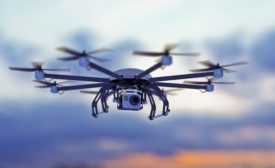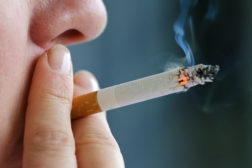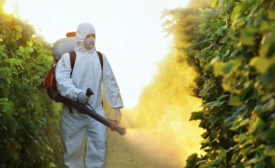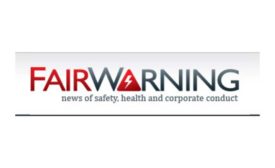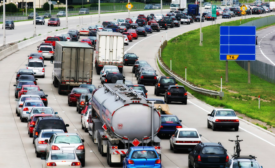A FairWarning story
Articles by Paul Feldman
A FairWarning story
San Francisco’s sweeping ban on flavored tobacco products upheld by voters
June 6, 2018
A FairWarning story
High-stakes pesticide battle pits farmer against farmer
April 20, 2018
A FairWarning story
Use of smartphones and recreational marijuana cited as possible factors behind rising pedestrian deaths
March 1, 2018
A FairWarning story
What happens when a driver kills someone while fiddling with a cellphone? Often, not much
February 6, 2018
A FairWarning story
California and 5 other states get best ratings for highway safety laws
January 23, 2018
A FairWarning story
Amid rush to deploy driverless cars, federal regulators urged to keep hands on the wheel
December 7, 2017
A FairWarning story
Tired of waiting for the feds, local groups target menthol cigarettes
November 29, 2017
A FairWarning story
Report spotlights nitrate contamination in drinking water across the U.S.
October 18, 2017
Become a Leader in Safety Culture
Build your knowledge with ISHN, covering key safety, health and industrial hygiene news, products, and trends.
JOIN TODAYCopyright ©2025. All Rights Reserved BNP Media.
Design, CMS, Hosting & Web Development :: ePublishing
